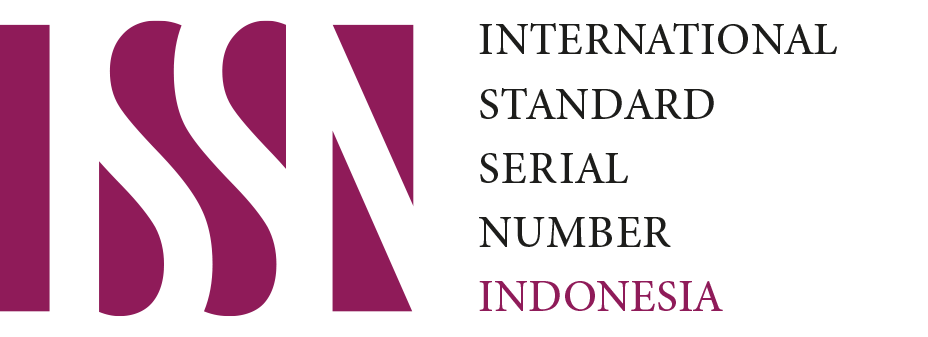
Author Guideline
Author Guideline
Article Title sentence case, not Caps Lock, calibri; 16pt; font color Blue, Accent 1, Darker 25%
Subtitle (in English) calibri; 12pt; font color black; italic
First author1, Second author2, Third author3, etc <Calibri; 11pt; Bold>
1Author affiliation
2Affiliation of an author different from 1
3Affiliations of authors different from 2
E-mail Correspondence: <Calibri;11pt>
ABSTRACT
Abstract consists of background, objectives, methods, results, conclusion, and recommendation, written in one paragraph. No more than 150-200 words, black 10 Calibri font, italic, single space.
Keywords: Consist of 3-5 keywords sorted alphabetically separated by a comma and bold.
HEADING (INTRODUCTION, METHODS OF RESEARCH, RESULTS,.....etc.) <calibri; 11pt; font color color Blue, Accent 1, Darker 25%; bold; UPPERCASE> The length of the whole article is maximum 12 pages with 1 space.
INTRODUCTION
The introduction includes the background of the problem, the formulation of the problem and the objectives of the research, a summary of the theoretical studies related to the research, including the implications and benefits of the results for the entire field of study. This section also presents the research problem using the inverted pyramid method, starting from global, national and local problems. The introduction section is typed in 1 space with Calibri 11pt font.
RESEARCH METHODS
This section includes an explanation of the methods used in the research, including the research design, population and sample, data collection process and data analysis techniques as well as the place and time of research typed sequentially in paragraph form. The method section is typed in 1 space with Calibri 11pt font.
RESULTS
This section describes the results of the research that has been analyzed. Data are presented in tables and figures, and described with clear information. For quantitative research, show the results of statistical analysis conducted, and show specific statistical data. Interpretation of research results is made in narrative form. For qualitative research, the results should be detailed in the form of topics and research focus and there are excerpts of scripts from in-depth interviews. The results section is typed in 1 space with Calibri 11pt font.
- TABLE
Tables need to be captioned and titled.
- FIGURES
All figures including graphs should be large enough and accompanied by an accurate scale that is easy to read.
DISCUSSION
The discussion aims to answer the formulation of problems and research questions, interpret the findings obtained and the results used to solve problems, show differences and similarities with previous studies and possible intervention efforts to overcome these problems. The discussion contains discussions that link and compare the research results with theories/concepts/findings from other studies both in line and not in line with the research results. If any, potential limitations of the research are also mentioned in the discussion. This section is typed in 1 space with Calibri11pt font.
CONCLUSION
The conclusion contains answers to the research objectives, not a summary of the research results displayed in 1 paragraph. This section is typed in 1 space with Calibri11pt font.
SUGGESTIONS
Suggestions are written based on the research findings and refer to practical activities, further research or the development of new theories. This section is typed in 1 space with Calibri11pt font.
ACKNOWLEDGMENTS
This section is optional. Acknowledgments are addressed to all parties who have helped if there are any, including those who play a role as a source of funding for research implementation. Written in 1 space with Calibri11pt font.
REFERENCES
All relevant references cited in the text must be explained in the references. The rules for writing references follow the Vancouver writing style. References in the article are followed by sequential numbers in the order in which they appear in the manuscript. The reference number in the manuscript is written as superscript(1). References are preferred to be up-to-date, with an update of no more than 10 years. References in the form of scientific journal articles are written in the following order: author, essay title, journal name, year, volume number, edition number, and page. Book references must be accompanied by the name, year of publication and publisher's name. Written in 1 space with Calibri10pt font. To facilitate reference writing, authors are required to use the Mendeley reference management application. The number of references used is at least 15 (Research Articles) and 40 (literature review) with a maximum of 30% of literature sources from books and websites.










